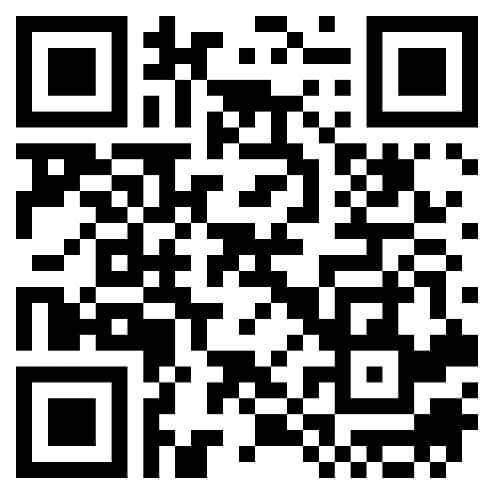
Building a Culture of Safety and Well-Being: The Role of ISO 45001:2018 and Employee Engagement
February 14, 2024
Navigating Sustainability: Key Components of ISO 14001:2015
February 19, 2024Factors for Consideration
Workplace safety is a paramount concern for both employees and employers. Creating a culture of reporting near misses, unsafe acts, and unsafe conditions is crucial in preventing accidents and improving overall safety. To promote a proactive reporting system, many organizations are turning to innovative solutions, and one such effective method is the implementation of a QR-based reporting system.
The Concept of QR-Based Reporting System
A QR-based Reporting System involves strategically placing QR codes around the company’s work area. These QR codes link employees to a user-friendly reporting form where they can share observations related to near misses, unsafe acts, and unsafe conditions. The aim is to encourage employees to actively participate in identifying potential hazards and promoting a safer working environment.
How It Works
- QR Code Placement: QR codes are placed at key locations within the company premises – areas where employees are likely to notice them easily, such as break rooms, entrances, or common areas.
- Scanning the QR Code: When an employee witnesses a near miss, unsafe act, or unsafe condition, they can simply scan the QR code using their smartphones.
- Google Form Reporting: The QR code directs employees to a Google Form specifically designed for reporting workplace observations. The form includes fields for essential information such as name, date, department, observation location, and type of observation (unsafe act, unsafe condition, safe behaviour/good practice).
- Description and Documentation: Employees can provide a detailed description of the observed incident and even attach photos or videos for additional context. This multimedia feature enhances the accuracy of the reported information.
- Monthly Recognition and Rewards: To incentivize employees to actively participate in the reporting system, top management can establish a monthly recognition program. This may involve acknowledging the efforts of those who consistently report observations, and providing tangible rewards or incentives, such as gift cards, certificates of appreciation, or even small team celebrations.
Benefits of QR-Based Reporting System
- Proactive Reporting Culture: By leveraging the simplicity and convenience of QR codes, organizations can foster a culture of proactive reporting, encouraging employees to play an active role in identifying and addressing safety concerns.
- Increased Visibility: The strategic placement of QR codes ensures that the reporting system is highly visible, making it more likely for employees to engage with the process.
- Accurate and Timely Information: The use of a standardized reporting form ensures that essential details are captured consistently, leading to more accurate incident documentation. This, in turn, allows for timely corrective actions to be taken.
- Continuous Improvement: The collected data can be analysed to identify patterns and trends, enabling organizations to implement targeted interventions and continuously improve safety protocols.
Conclusion
Implementing a QR-based Reporting system is a practical and efficient way to involve employees in creating a safer workplace. By leveraging the omnipresence of smartphones and the ease of QR code scanning, organizations can tap into the power of their workforce’s collective observation and contribute to a culture of safety. Regularly recognizing and rewarding employees who actively participate in the reporting system not only boosts morale but also reinforces the importance of maintaining a safe and healthy work environment.
Scan this QR code to try it out yourself!






